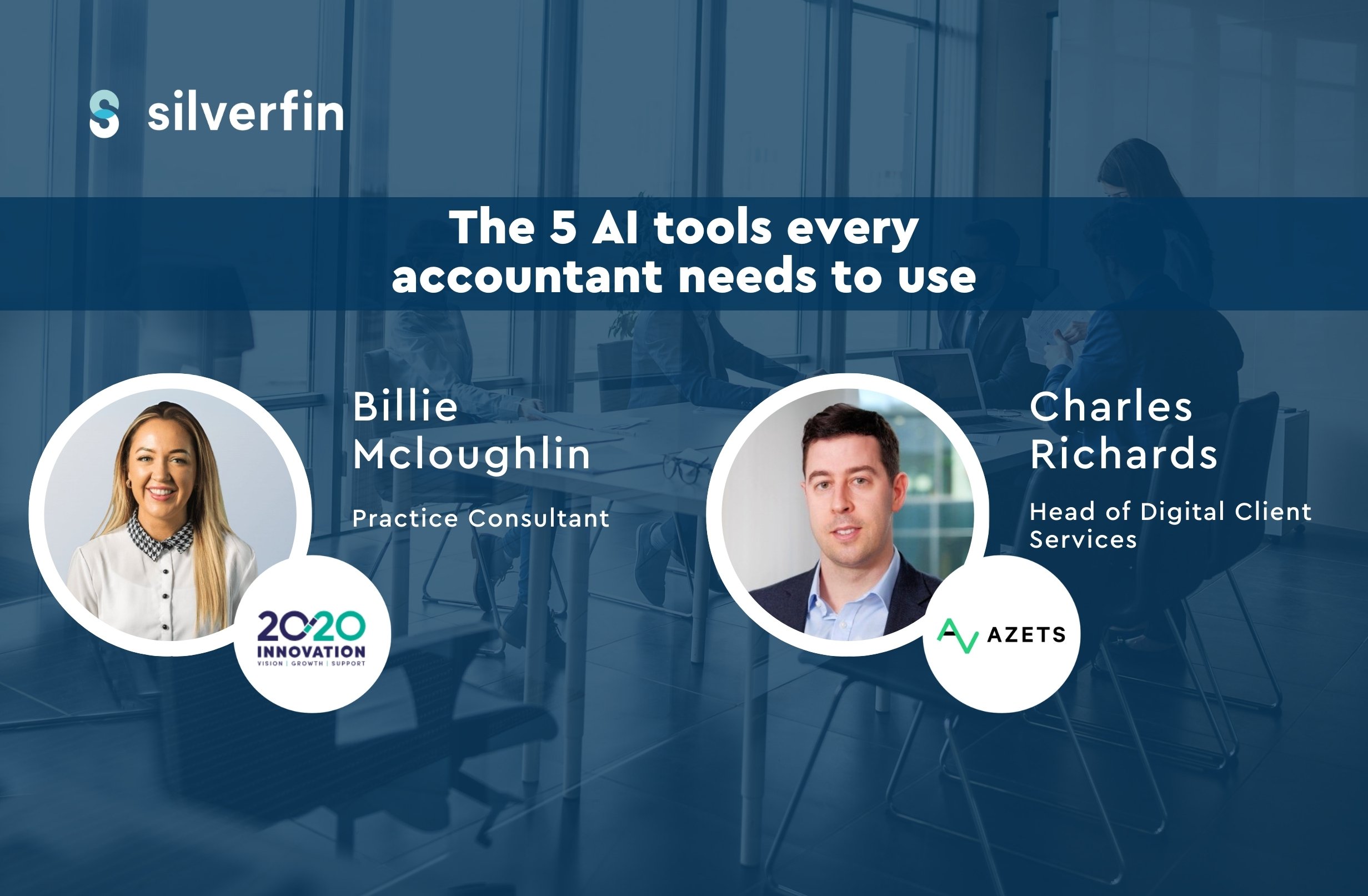The time-consuming burden of data entry, which invariably creates errors, drains an accountancy firm’s resources.
Your firm’s resources, especially accountants’ time, could be better spent on client-focused services and developing opportunities for growth.
That’s where accounting workflow automation can help.
It’s the solution your firm needs to move away from manual, error-prone methods (like Excel spreadsheets) and towards a more streamlined, accurate and efficient approach.
What Is Accounting Automation?
Accounting automation is most commonly delivered by software that streamlines your processes, saving time and money.
If used to connect various tools in your tech stack (like bookkeeping systems with your working papers), you can automate client jobs such as management accounts or corporation tax returns.
By automating your workflows, you can also standardise your firm’s work, using best practice templates, reducing errors and the time correcting mistakes demands.
The benefits of accounting automation are maximised when your tech stack is connected to a cloud data hub. You can feed live client data from your bookkeeping systems into your financial systems and use the data to auto-populate your workflow templates.
In a nutshell? When automation handles your data updates, your quality of work improves, and your team is free from low-value repetitive tasks.
RELATED: How Cloud Accounting Automation Is Changing the Face of Modern Finance
The Next Wave of Workflow Automation
At your firm, you may have already moved away from Excel for many of the client-facing processes. And, in client onboarding, your internal team most likely has a workflow optimised and automated to make a new client’s experience as smooth as possible.
However, there are several post-bookkeeping workflows that can benefit from automation:
While these reports and submissions are key services your firm provides to clients, if automation can improve the quality and speed of production, you will have time and resources to provide more valuable insights and advice.
Here’s how automating accounting workflows can help your firm grow.
Enhance Accuracy and Reliability in Financial Reporting
Adopting accounting workflow automation significantly improves the accuracy and reliability of financial reports.
With less room for human error (which is inherent with manual data entry and calculations), you can ensure your statutory and management accounts are precise and foster trust with your clients.
Automated workflow templates also enable you to apply consistent rules and policies across all client files. This is essential for maintaining the integrity of financial records and ensuring everyone’s work is optimised and aligned to a firm-wide standard.
The ability to generate real-time financial reports with up-to-date data further enhances the reliability of these reports, providing a clear and accurate financial picture at any given moment.
RELATED: 6 Benefits of Cloud Storage for Accounting Firm Operations
Improve Your Ability to Scale
Automation makes it possible to scale your services without increasing overheads.
Instead of hiring more staff to manage new clients, when you eliminate time-consuming manual processes (such as data entry and document management) and free up your accountant’s time, the same team can handle more clients and offer advisory services.
Moreover, automated systems are flexible
But scalability is about more than handling more work. It’s about maintaining high accuracy and service quality standards as your firm grows, positioning yourself for long-term success in a competitive market.
Automation around a best practice approach used firm-wide will inherently reduce errors and inconsistencies that creep in when multiple people work on files or across a client base.
Increase Productivity
When you automate mundane tasks, you save significant staff hours and reduce human error.
This means your accountants can redirect their focus and expertise towards more strategic tasks like analysing financial data for opportunities and developing new revenue streams.
Automation also removes human error from key file processing steps and the corrections and revisions that correcting errors requires. As these corrections often require involvement from senior staff to spot and resolve them, when automation removes the errors, the value released is even greater.
With more time to focus on high-value tasks, you’re not only improving your firm’s bottom line but evolving your people from number crunchers to strategic business partners and creating more value for your clients.
RELATED: How Automation Technology for Accountants Grows Firms
Increase Compliance Accuracy
With automated workflows, you can enhance your firm’s ability to remain compliant with industry regulations and produce compliant, high-quality submissions every time.
For example, the right data and automation setup can ensure all the information you need flows automatically from your workpapers into your corporation tax computations. With automatic data validation, you can avoid data mismatches and human errors and file your iXBRL-tagged return with HMRC in just a couple of clicks.
With every step digitised, you’ll also always have a digital paper trail, and you can avoid any version control issues.
RELATED: iXBRL Tagging Tool: Ensuring Compliance and Precision in Reporting
Elevate Customer Service
Accounting firms can allocate more resources and time to client advisory services by automating routine tasks.
With workflow automation tools like Silverfin, all your client data is in one place in real-time. It gives you and everyone in your firm the ability and time to spot trends for individual clients and across the entire firm’s portfolio.
You can use this data to transform a client’s business performance and have more meaningful conversations, leading to deeper client relationships.
With Silverfin’s software, there is also an Insights module that uses real-time data and enables all users to set up alerts to detect key benchmarks, risk factors, or compliance events. In addition, when a threshold is met, your team gets an alert automatically, helping you take action immediately and never miss opportunities again.
In short, by reducing the administrative burden and improving the accuracy of services, accounting workflow automation enables firms to focus on delivering exceptional, client-centric service.
This boosts quality and client satisfaction while enhancing your accounting firm’s overall reputation and competitiveness.
Empowering Your Firm’s Future with Workflow Automation for Accountants
As we’ve explored, accounting workflow automation is a catalyst for transformation. By embracing it, your firm can enhance accuracy, productivity, scalability, compliance, and customer service.
But, where do you begin?
With Silverfin’s software, accountants looking to connect and standardise data, workflows and best practices will find a world-leading specialist that already handles over 320,000 files annually for global accountancy firms.
Book a Silverfin demo today and discover the full potential of workflow automation for accounting.
See for yourself how the software can revolutionise your workflows, streamline your processes and standardise your data in the cloud.














